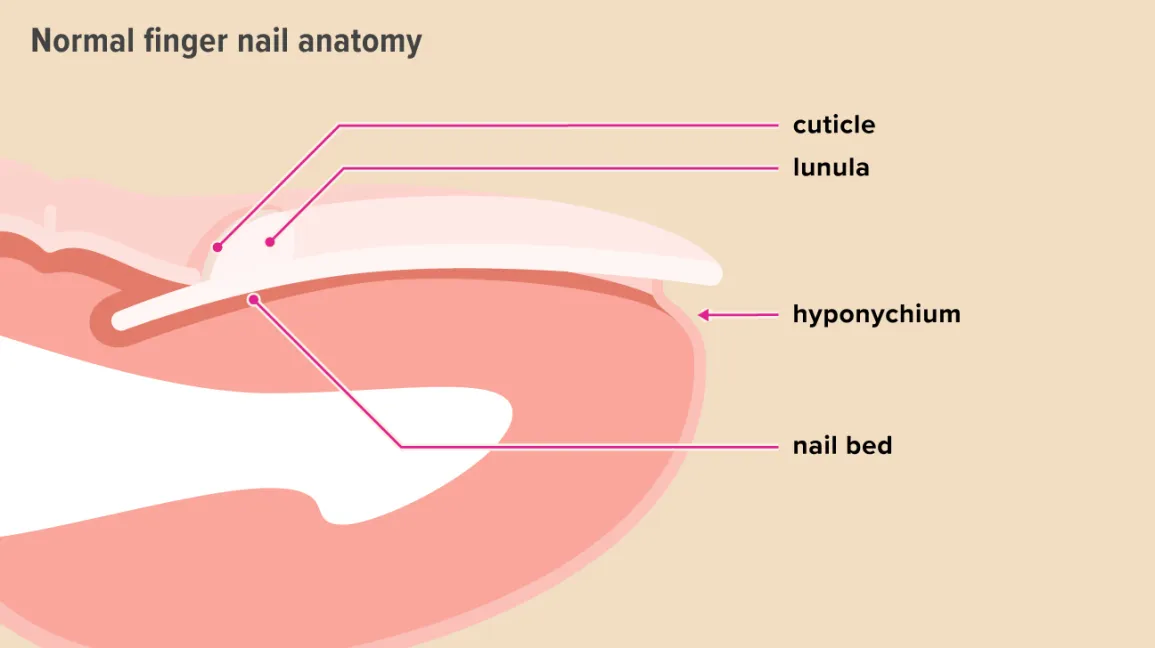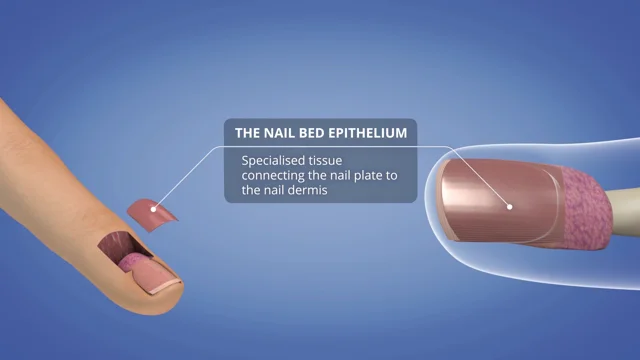How Do Fingernails Stick to the Skin?
Fingernails adhere to the skin primarily through the interaction between the nail plate and the underlying nail bed, which is a specialized layer of skin. Here’s a detailed explanation of how this attachment occurs:
Structure of Nails and Nail Bed

-
Nail Composition: Fingernails are made of a tough protein called keratin, which forms the nail plate. This plate grows from the nail matrix located beneath the cuticle at the base of the nail.
-
Nail Bed: The nail bed is the skin underneath the nail plate. It consists of two main layers:
- Epithelial Tissue: The nail bed epithelium is sticky and adheres strongly to the underside of the nail plate, helping to keep it in place.
- Dermis: This layer contains blood vessels and nerves that nourish the nail and provide sensation.
Mechanism of Attachment

-
Ridges and Grooves: The surface of the nail bed has tiny longitudinal ridges and grooves that interlock with the nail plate. This structure not only helps in securing the nail but also allows for smooth growth as new cells are produced in the matrix.
-
Hyponychium: Located at the tip of the nail, just under the free edge, is a thickened area of skin known as the hyponychium. This region acts as a barrier against pathogens and debris, further enhancing the attachment by providing additional support beneath the nail.
Functionality
The combination of these structures ensures that nails remain securely attached while still allowing for growth and movement. The nails serve various functions, including protection for the fingertips and enhancing tactile sensitivity, which is crucial for delicate tasks.
In summary, fingernails stick to the skin due to a combination of keratin composition, structural interlocking with ridges in the nail bed, and protective features like the hyponychium, all contributing to their secure attachment while allowing for growth.
References
comments powered by Disqus